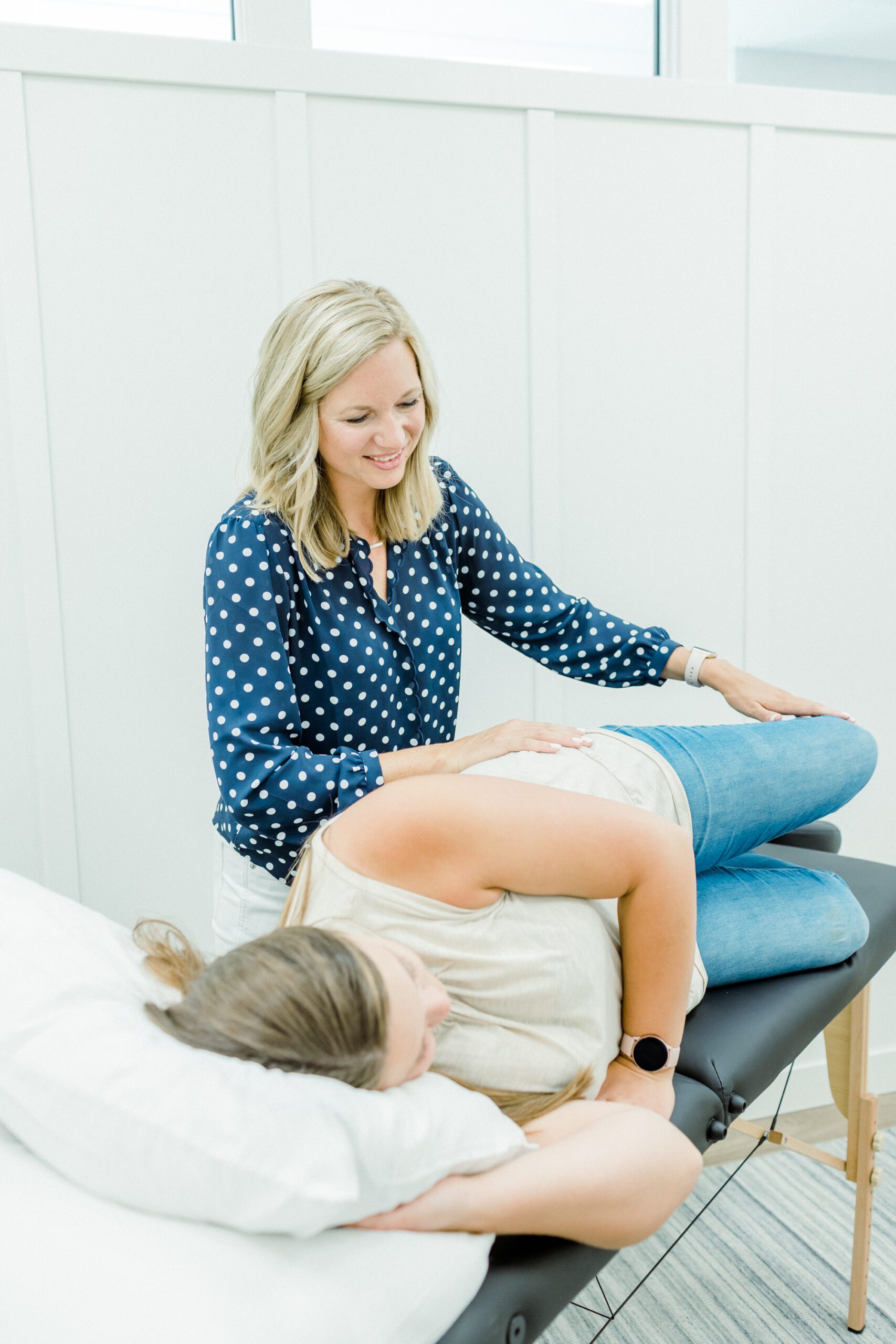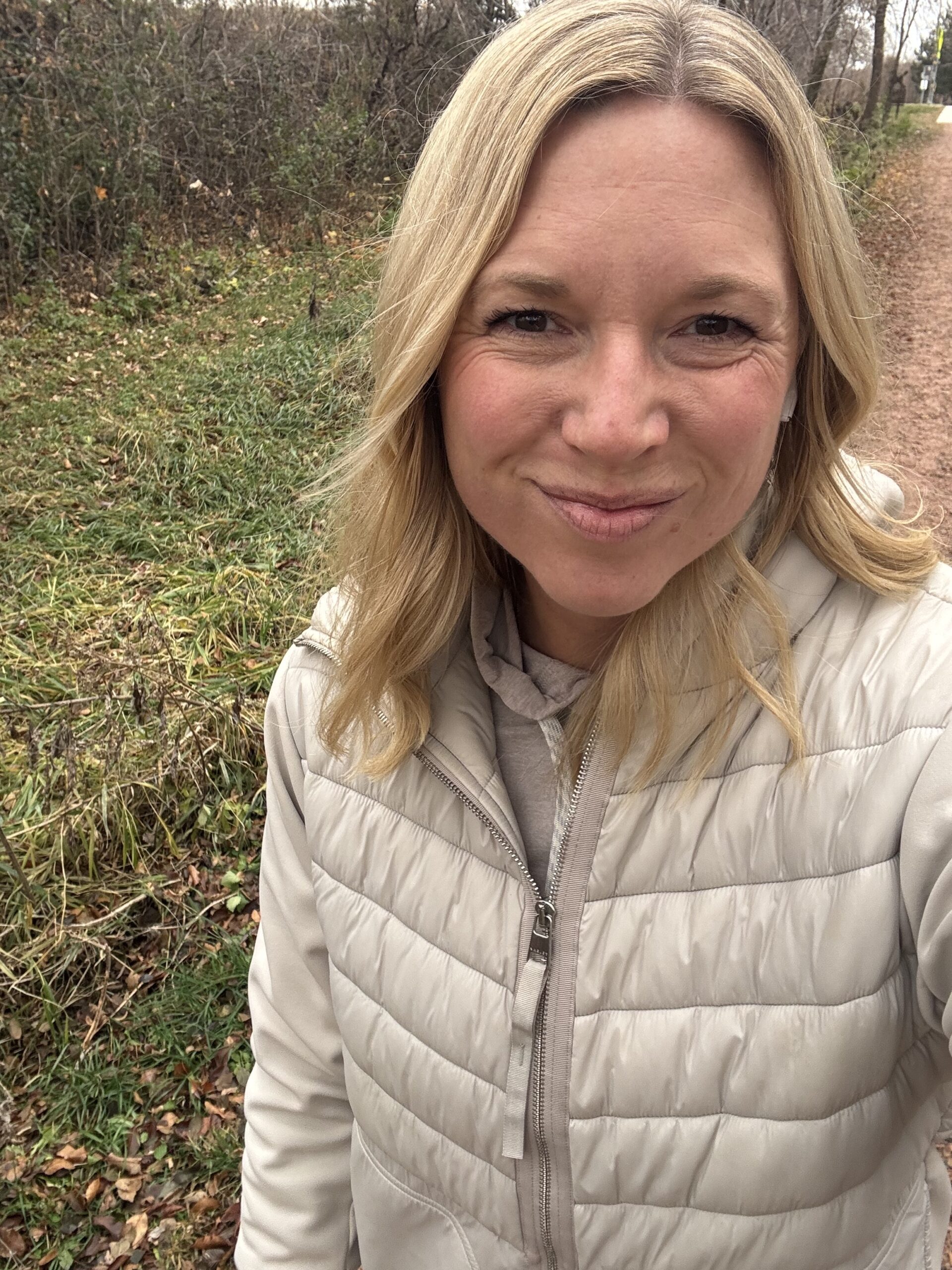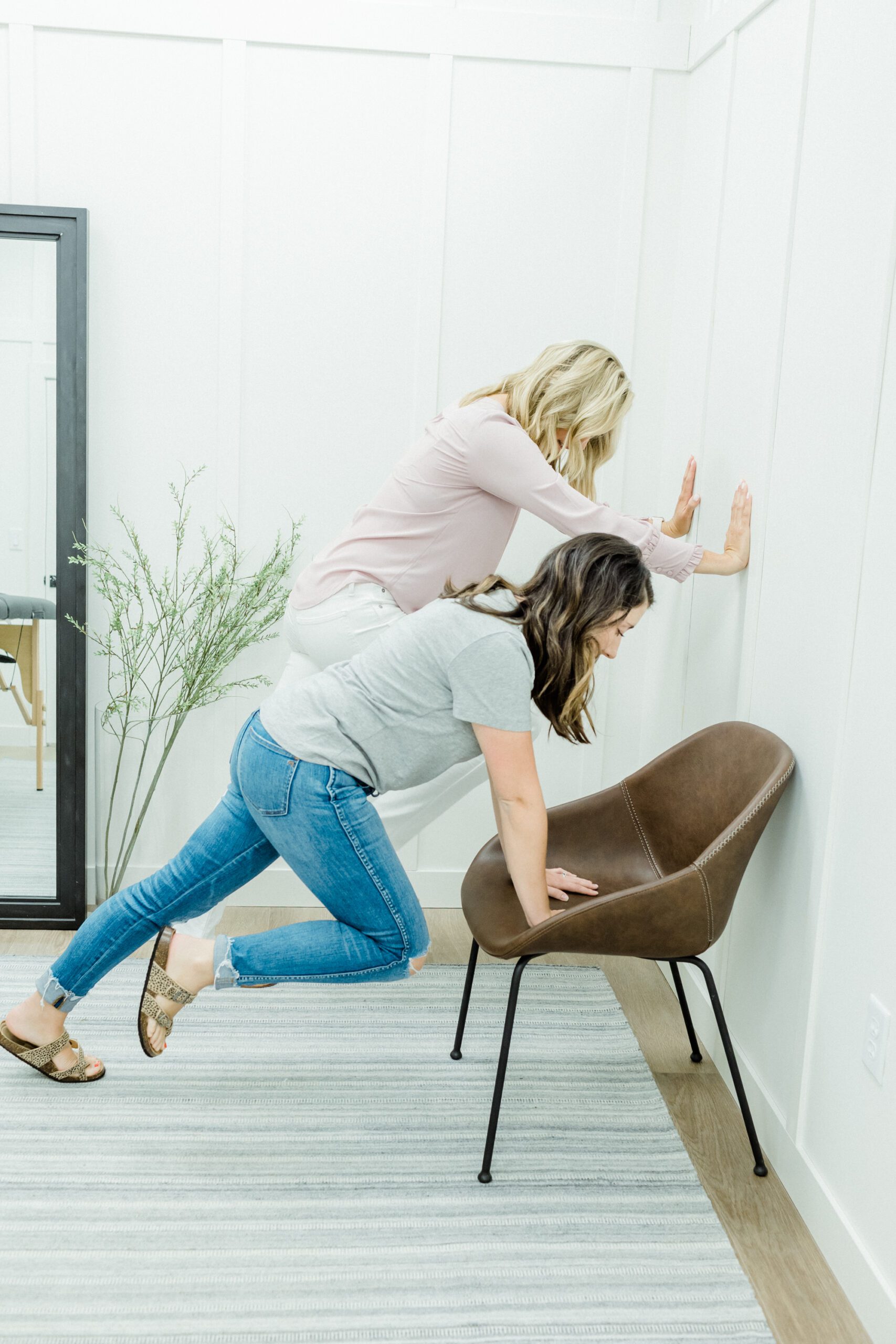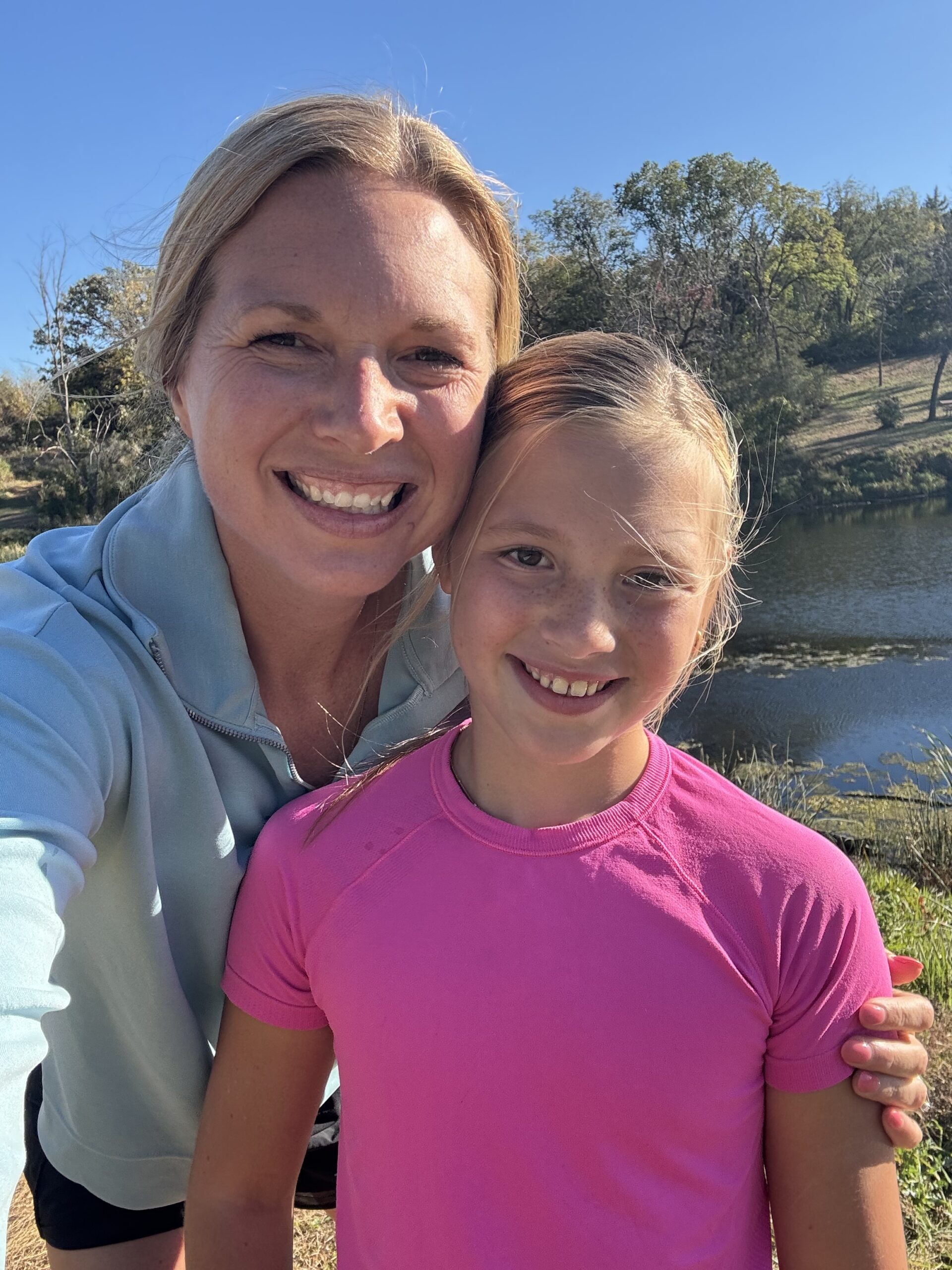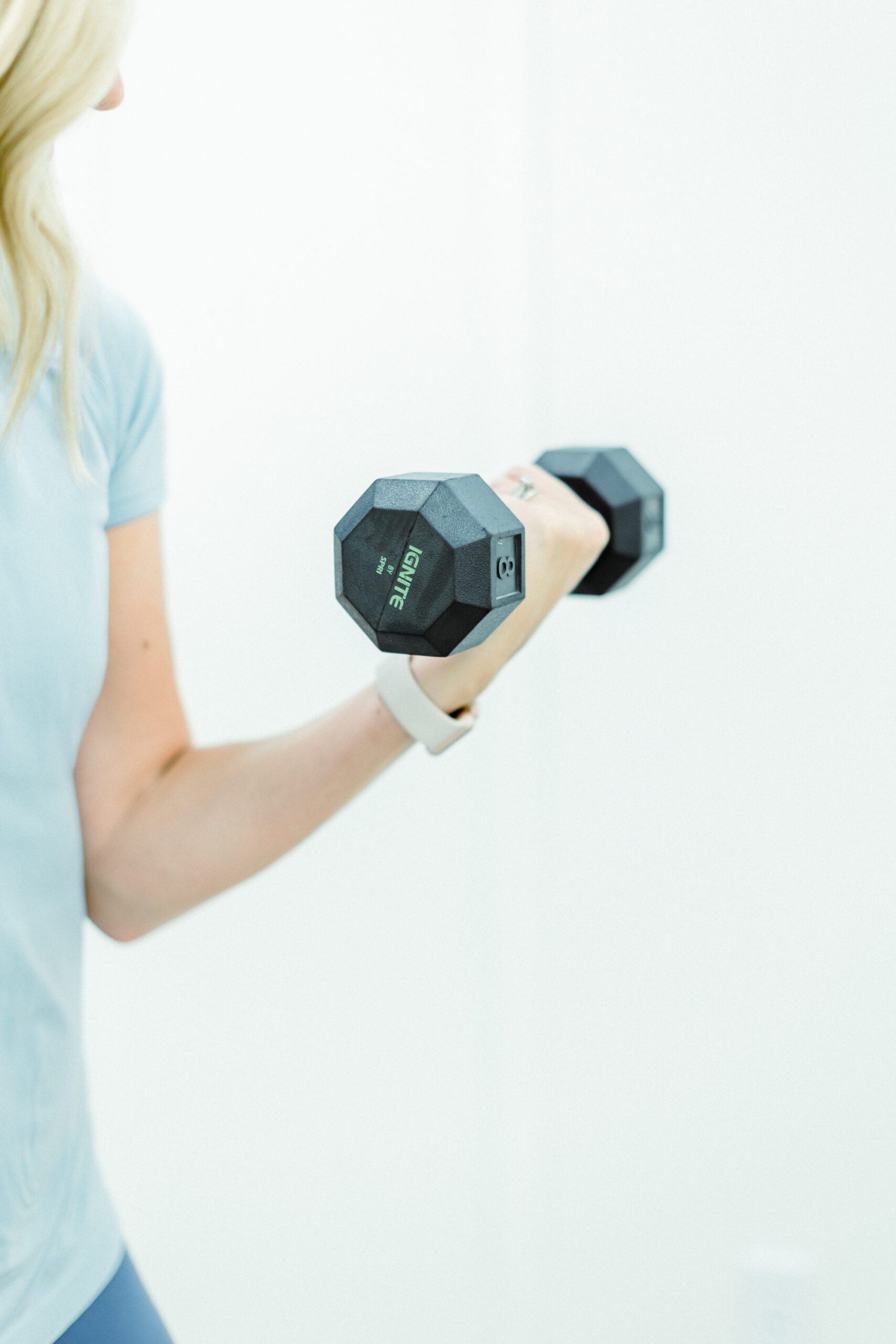Diastasis, also known as abdominal muscle separation, occurs most often during pregnancy. The linea alba is the connective tissue between the muscles of the rectus abdominis (think six-pack). Normally, these muscles sit side-by-side, but during pregnancy, the linea alba begins to stretch and thin as the baby and uterus grow, and a “gap” forms. Diastasis most commonly occurs at the belly button area but can actually be anywhere along the linea alba, which runs from the bottom of your chest bone all the way down to the pelvis.
Some of the questions I receive regularly around diastasis:
- Can I prevent diastasis? No, diastasis is a normal consequence of pregnancy. It’s your body’s way of adapting due to your growing abdomen, and almost all women will have some level of diastasis during pregnancy.
- It’s been 20 years since I had a baby—can I still have diastasis? Yes, absolutely. Though some diastases heal on their own, many will remain unless treated. The good news is that you’re not too late! You can still heal diastasis many years after having babies.
- Is there anything I should be doing for diastasis during pregnancy? Yes! I give my prenatal patients exercises to keep their core strong and teach them techniques that help minimize pressure going through diastasis. When patients do this work prenatally, I find that they have smaller diastases postpartum and recover more quickly.
- I’m afraid I’ll make my diastasis worse. What should I avoid doing? There used to be a lot of fear surrounding diastasis. Women were told their bodies were broken and were given lists of things not to do. Thankfully, so much new research has been done over the past few years that has helped put some of these fears to rest. Your body isn’t nearly as fragile as you think, and one “wrong” move isn’t going to make things worse. The truth is that with the right strategies, you can do anything with diastasis, including exercise and lift. I love working with my patients to empower them in all that they can do and help them ditch the fear surrounding diastasis. Some of the very things that women have been told not to do (like planks and crunches) are some of the tools I use to help them heal.
- I have an X-sized gap. Is that bad? Gap size used to be the standard measurement of progress, so we’d measure the size of the gap at the beginning of treatment and then hope to see the size decrease throughout treatment. While I still like to measure the gap, it’s no longer my gold standard of progress. Instead, I look at function. How does the gap respond as you get out of bed? As you pick up your baby in the car seat? As you work out? Can you do what you need to do efficiently and effectively? Do we see a lot of pressure (called coning, which looks like a hump over the abdomen) coming through the diastasis as you exert force?
You can have a small gap but not be very functional, and I’ve seen women with larger gaps who are very functional. Ultimately, the goal is not to get the gap to zero (for some women, that’s not a realistic goal). The goal is the ability to do the things you need to do in life without difficulty—without pain or risk of injury while moving with strength and efficiency.
Diastasis is no longer a diagnosis to be feared, and most women will be able to heal their diastasis with women’s health physical therapy. For many of my patients, 2-4 visits are all it takes to improve core function and strength, and be able to do the things they need to do in life without fear. If you’d like help, I’d love to see you! You can email me at tanya@refine-pt.com or set up an appointment directly!
